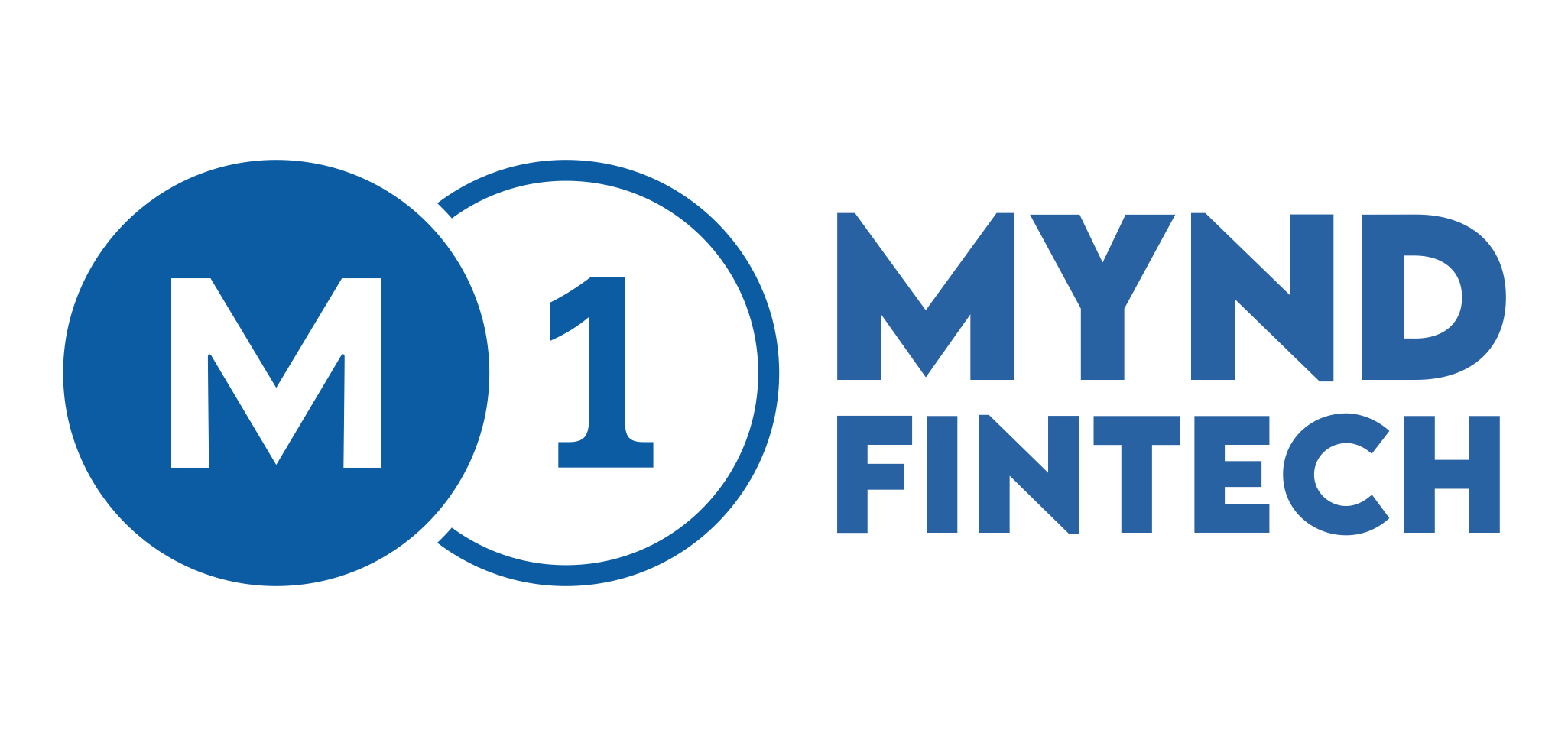In the business world, cash flow is crucial, and how you handle your day-to-day finances can make or break your success. For small and medium-sized businesses, known as MSMEs, knowing how to manage your everyday money is vital for steady growth and stability. This article delves into what working capital means, why it’s so important, and how you can tell if your business needs to improve its financial management.
How Working Capital Smoothly Runs Business Operations?
Working capital is the lifeblood of any business. It ensures that the day-to-day operations run smoothly, allowing a company to function effectively without any financial hiccups. Here’s a simple yet insightful look at how working capital plays a crucial role in keeping business operations on track:
- Managing Daily Expenses: Working capital covers the daily operational costs of a business, such as salaries, utilities, rent, and office supplies. By ensuring these expenses are met promptly, businesses can maintain a steady workflow and avoid disruptions.
- Inventory Management: Adequate working capital allows businesses to manage their inventory efficiently. It ensures that there is always enough stock to meet customer demand without overstocking, which can tie up resources unnecessarily.
- Smooth Cash Flow: With sufficient working capital, businesses can handle the time lag between paying suppliers and receiving payments from customers. This smooth cash flow prevents cash crunches and ensures that operations continue without financial stress.
- Handling Unforeseen Expenses: Unexpected costs are inevitable in any business. Having a buffer of working capital means that businesses can handle sudden expenses, such as urgent repairs or unexpected orders, without disrupting their operations.
- Building Creditworthiness: Maintaining a healthy level of working capital enhances a business’s creditworthiness. It shows lenders and investors that the business is financially stable and capable of meeting its obligations, which can be beneficial for securing loans or attracting investment.
- Seizing Growth Opportunities: Having readily available working capital enables businesses to seize new opportunities for growth, such as expanding operations, launching new products, or entering new markets. This agility is crucial for staying competitive in today’s fast-paced business environment.
- Maintaining Supplier Relationships: Timely payments to suppliers help maintain strong relationships and can lead to better terms and discounts. This not only improves supply chain efficiency but also contributes to the overall financial health of the business.
Signs Your Business Needs Working Capital Improvement
Cash Flow Issues and Their Impact
Cash flow issues occur when your business doesn’t have enough cash on hand to cover its expenses. This can lead to:
- Late Payments: Inability to pay suppliers on time, damaging relationships and possibly losing out on discounts.
- Stalled Growth: Difficulty investing in new projects, hiring, or expanding operations.
- Debt Accumulation: Relying on loans or credit to bridge gaps, which adds to your financial burden.
Liquidity Challenges and Payment Delays
Liquidity challenges arise when your business struggles to convert assets into cash quickly enough to meet obligations. This can result in:
- Delayed Payments: Unable to pay bills promptly, risking penalties and damaging credit ratings.
- Inventory Issues: Having excessive inventory that ties up cash or insufficient inventory to meet demand.
- Reduced Flexibility: Limited ability to take advantage of growth opportunities or respond to unexpected expenses.
Understanding Key Metrics
Current Ratio and Quick Ratio
- Current Ratio: This metric compares your current assets (like cash, inventory, and accounts receivable) to your current liabilities (bills and debts due soon). It helps assess your business’s ability to cover short-term obligations. A higher current ratio indicates stronger liquidity, but too high a ratio might mean inefficient use of assets.
- Quick Ratio: Also known as the acid-test ratio, this metric is more conservative than the current ratio. It excludes inventory from current assets to focus on assets that can be quickly converted to cash to meet immediate liabilities. It provides a clearer picture of your business’s ability to pay its bills without relying on selling inventory.
Days Sales Outstanding (DSO) and Days Payables Outstanding (DPO)
- Days Sales Outstanding (DSO): DSO measures how long it takes on average for your business to collect payment after making a sale. A lower DSO indicates faster collection of accounts receivable, improving cash flow. It’s crucial for managing working capital effectively and reducing the risk of bad debts.
- Days Payables Outstanding (DPO): DPO measures how long it takes your business to pay its suppliers. A higher DPO means you’re taking longer to pay your bills, which can improve cash flow temporarily but might strain supplier relationships if not managed carefully.
The Role of Technology in Managing Working Capital
Automation of Processes
- Invoice Processing: Automated systems streamline the generation, delivery, and processing of invoices, reducing manual errors and speeding up payment cycles.
- Payment Systems: Digital payment platforms enable faster, secure transactions, and improving cash flow management.
- Expense Management: Automated expense tracking and reporting tools help monitor spending in real-time, enabling better control over operational costs.
Data Analytics and Forecasting
- Predictive Analytics: Advanced algorithms analyze historical data to forecast cash flow trends and working capital requirements, enabling proactive decision-making.
- Scenario Planning: Simulation tools simulate various business scenarios, helping businesses anticipate financial needs and plan accordingly.
- Performance Metrics: Real-time dashboards and KPIs provide insights into liquidity, receivables, and payables, facilitating informed financial management strategies.
Inventory and Supply Chain Optimization
- Inventory Management: Software solutions use data analytics to optimize inventory levels, minimizing carrying costs while ensuring sufficient stock to meet demand.
- Supplier Relationship Management: Integrated platforms enable seamless communication and collaboration with suppliers, improving procurement efficiency and negotiating favorable terms.
Enhanced Cash Flow Management
- Cash Flow Forecasting: AI-driven tools predict future cash flows based on historical data and market trends, assisting in liquidity planning and risk management.
- Working Capital Ratios: Automated calculations of liquidity and efficiency ratios provide instant insights into financial health, guiding strategic decisions.
Security and Compliance
- Fraud Prevention: Secure digital platforms with encryption and authentication features safeguard financial transactions, reducing the risk of fraud and cyber threats.
- Regulatory Compliance: Automated compliance monitoring ensures adherence to financial regulations and reporting requirements, mitigating legal risks.
How Mynd Fintech Enhances Working Capital Management?
Mynd Fintech specializes in providing innovative financial solutions that assist businesses, including MSMEs, in effectively managing their working capital. Here’s how Mynd Fintech helps:
- Supply Chain Finance Solutions: Mynd Fintech offers supply chain finance programs that optimize cash flow between buyers and suppliers. By facilitating early payments to suppliers at a discounted rate, businesses can extend their payables cycle while ensuring suppliers receive timely payments, thus enhancing working capital efficiency.
- Dynamic Discounting: Through dynamic discounting programs, Mynd Fintech enables businesses to negotiate early payment discounts with suppliers based on their cash flow needs. This flexibility helps in managing cash outflows effectively while benefiting from cost savings on purchases.
- Invoice Financing and Factoring: Mynd Fintech provides invoice financing and factoring solutions where businesses can leverage their accounts receivable to access immediate cash. This approach helps in bridging cash flow gaps caused by delayed customer payments, thereby improving liquidity and supporting ongoing operations.
- Technology-Driven Platforms: Utilizing advanced financial technologies, Mynd Fintech offers digital platforms that automate and streamline processes related to invoicing, payment collections, and cash flow forecasting. These tools enhance transparency, efficiency, and accuracy in managing working capital.
- Customized Financial Strategies: Mynd Fintech collaborates closely with businesses to develop customized financial strategies tailored to their specific working capital requirements and operational goals. This personalized approach ensures that businesses can optimize their cash flow management effectively.
Conclusion
Effective working capital management is essential for sustaining business operations, managing growth, and seizing opportunities. By understanding the signs that indicate your business may need to improve its working capital, implementing targeted strategies, and leveraging available financing options, you can enhance liquidity, optimize cash flow, and position your business for long-term success.
Mynd Fintech comprehensive suite of financial solutions and technology-driven platforms empowers businesses to improve working capital management, enhance liquidity, and achieve sustainable growth. Our innovative approach helps businesses navigate cash flow challenges and capitalize on growth opportunities more effectively.

